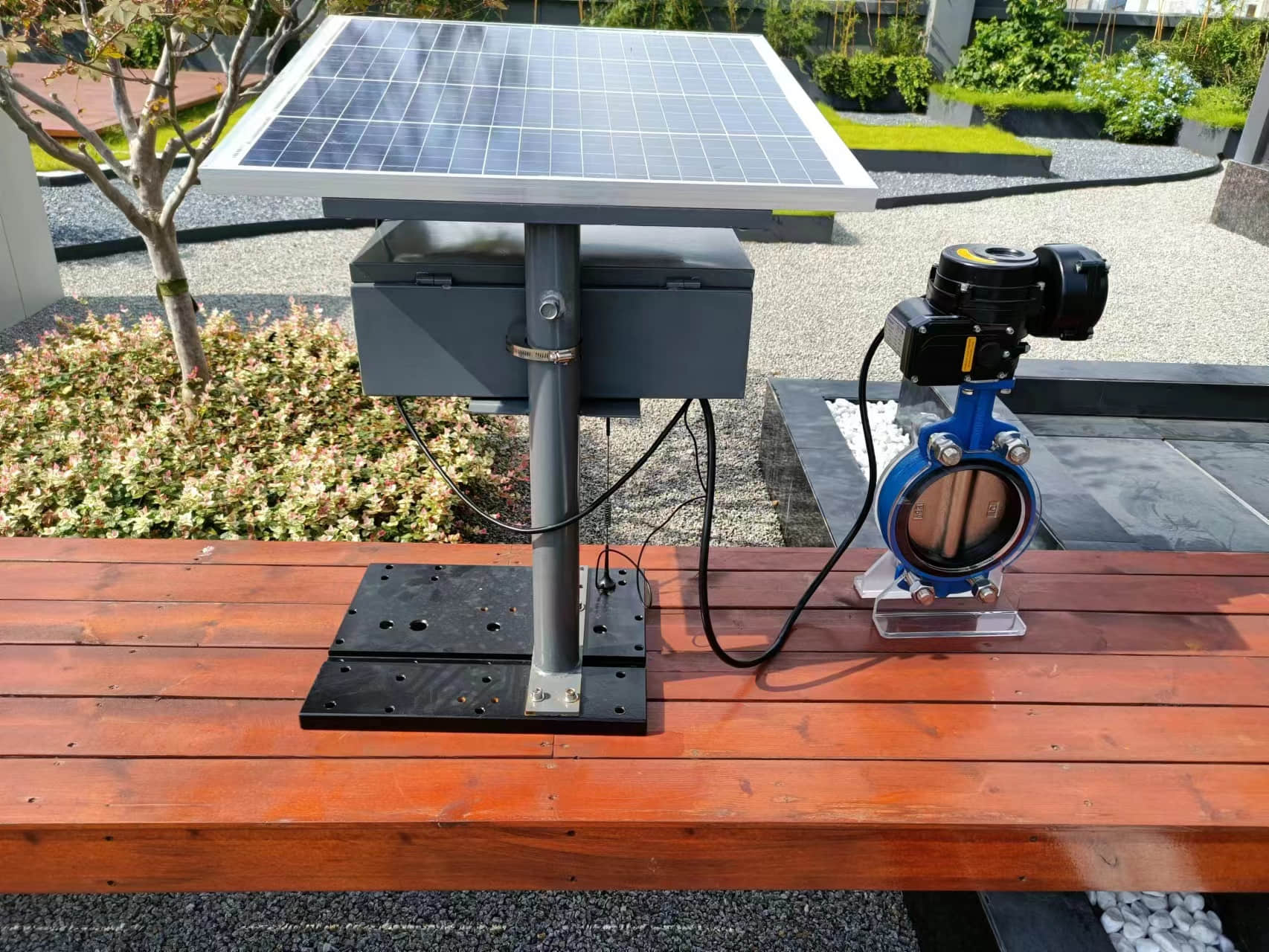

One of the ultimate advantages of the photovoltaic electric valve is its contribution to energy savings. Traditional valves often require significant energy inputs for operation, leading to increased operational costs and carbon footprints. In contrast, the photovoltaic electric valve harnesses renewable energy directly from the sun, reducing reliance on fossil fuels. This not only lowers energy bills but also aligns with global sustainability goals.
Moreover, the photovoltaic electric alve offers enhanced reliability. Since it operates independently of grid power, it remains functional during power outages or in areas with unreliable electricity supply. This feature is particularly beneficial in agricultural settings, where consistent water supply is crucial for crop health. By ensuring continuous operation, these valves help maintain productivity even in challenging conditions.

v As the world increasingly shifts towards renewable energy sources, innovations such as the photovoltaic electric valve are gaining prominence. This device combines the principles of photovoltaic technology and advanced valve mechanisms to enhance energy efficiency and management in various applications. By delving into its functionality, benefits, and potential applications, we can understand why the photovoltaic electric valve represents a significant leap in energy technology.
At its core, a photovoltaic electric valve integrates a photovoltaic cell with an electrically operated valve. The photovoltaic cell converts sunlight into electricity, which powers the valve's operation. This self-sustaining mechanism eliminates the need for external power sources, making it particularly attractive for remote or off-grid locations. The valve can control the flow of fluids, whether in industrial processes, agricultural irrigation, or water supply systems, thereby optimizing resource management.